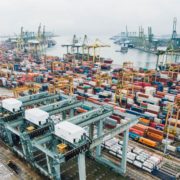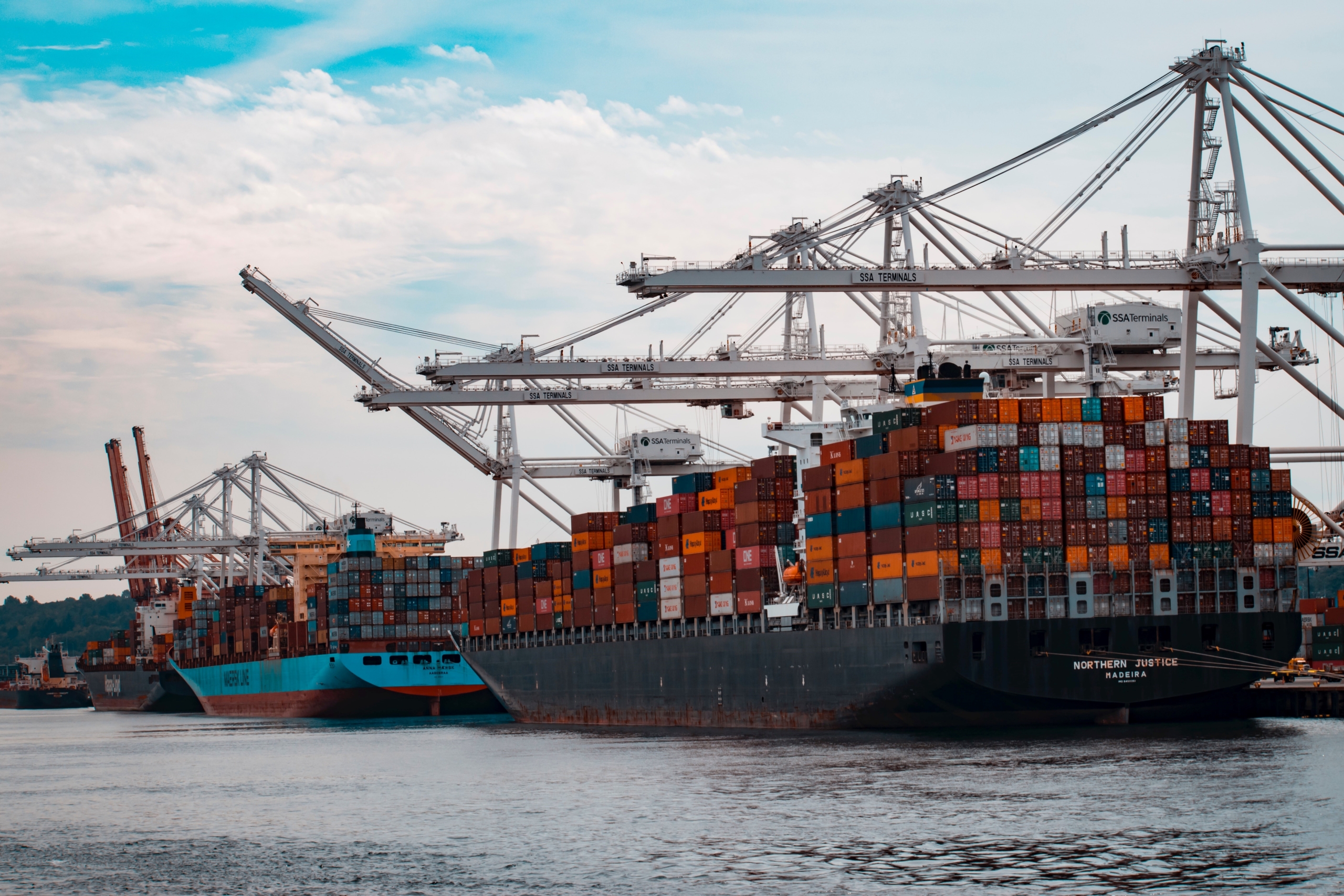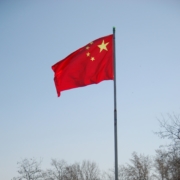U.S. ANNOUNCES DEAL WITH JAPAN ON TARIFFS
Our friends at the Law Firm of Grunfeld, Desiderio, Lebowitz, Silverman and Klestadt have advised us that on February 7, 2022, the US Trade Representative announced a deal to partially rollback the Section 232 tariffs on steel from Japan through the use of a tariff rate quota (“TRQ”). The TRQ will be set to allow for the importation of historically-based volumes of Japan steel products without the assessment of Section 232 tariffs. Highlights of the agreement, which takes effect on April 1, 2022, include the following:
TRQ Amount: The aggregate annual TRQ is set at 1.25 MMT for 54 specified product categories, allocated in line with the 2018-2019 historical period. Steel imports in excess of the TRQ will remain subject to the 25% Section 232 tariff (unless covered by an exclusion).
Derivative Products: Imports from Japan of derivative articles of steel, as referenced in Presidential Proclamation 9980 will not be subject to Section 232 duties. These include certain nails, tacks (other than thumb tacks), drawing pins, corrugated nails, staples (other than those of heading 8305) and similar articles, bumper stampings and body stampings.
Eligible products: In order to be qualify under the TRQ, steel imports must be “melted and poured” in Japan according to current U.S. requirements and rules (which must be supported by substantiating documentation).
Exclusions: The exclusion process will remain available.
Administration, Adjustment & Review: The TRQ will be administered on a quarterly basis. Special rules allow for the limited rollover of unused TRQ volume from a given quarter. A public website will provide data as to quarterly utilization of the TRQ, including allocations for rollover. Adjustments may be made, subject to specified rules, based on annual reviews. The U.S. will evaluate utilization and administration of the TRQ every three months and, at the request of Japan, enter into consultations to address any substantial TRQ under-use.
Aluminum – The February 7th announcement makes no changes to the Section 232 tariffs applicable to aluminum from Japan.
Should you have an interest in learning more about these recent tariff changes, please reach out to us and we will immediately put you in touch with our contacts at the GDLSK Law Firm.





